How To Plant, Grow And Care For Hellebore (Lenten Rose)
Learn how to plant, grow, and care for hellebore here!
With dusky pink, cream, and maroon hues, hellebore flowers bring rich color and beauty to the winter garden.

Also known as Lenten Rose, hellebore are an early bloomer with evergreen foliage.
They grace flower beds with their lovely flowers in winter to early spring, and in warm climates they can bloom right at Christmastime.
These gorgeous early spring perennials are one of my favorites – their cup-shaped flowers have a strong yet feminine beauty. The colorful blooms of this deer-resistant plant light up winter when many other plants still lay dormant.
Hello! My name is Jamie, and I’ve grown hellebore for over a decade. They are one of the first new plants I add to any home. Let’s dive into the ins and outs of this evergreen perennial. I’m sharing how to plant, grow, and care for them here!
About
- Scientific Name: Helleborus orientalis
- Common Names: Christmas Rose, Lenten Rose, winter rose, Oriental hellebore
- Zones: USDA zones 3-9
- Bloom time: Winter-Spring
- Soil: Neutral pH, well-draining
- Colors: White, Purple, Pink, Black, Yellow, Green
Hellebore are evergreen perennials belonging to the Buttercup family of flowering plants Ranunculaceae. They originated throughout Asia and Europe, and their name is thought to come from the Ancient Greeks.
In their native environment hellebores grow in shaded woodland habitats where they may experience full sun in winter but protected by foliage like ferns in the summer.
They boast glossy green leaves and have a mounding habit.
Mature plants can grow several feet wide, but they are not invasive. Depending on your zone, you may see hellebore bloom in late January, February, March, or April.
The sepals on the flower last for a long time- offering winter beauty for 10-12 weeks.

Hellebore feature down-turned bell-shaped flowers. The “petals” you see are sepals, and they are available in a wide variety of colors: mauve, pink, red, yellow, cream, and even dark blue (or black).
Plants come in many different color variations and are usually purchased in one-gallon pots, rather than sewn from seed.
Double flowers such as Double Queen are also available, which give a stunning ruffled effect of 2 or 3 layers of sepals.
Hellebore are long-lived plants, thriving for at least a decade when given the right growing conditions.
A cottage garden full of these charming perennials would be a little slice of heaven on earth!
Hellebore Care
Once established these perennials are very easy to grow. Here, we show you how to give them the right lighting, soil, water, and fertilizer so they bloom for you year after year!
Light
Key takeaway: hellebore thrive in partial sun to full shade.
While hellebore plants can withstand various lighting conditions, full shade to partial shade is where they thrive.
Give them morning sun with afternoon shade to protect them from the sun’s harsh rays.
These evergreen plants appreciate more light in the winter and can tolerate full sun during shorter days. Planting them under deciduous trees that lose their leaves in winter but provide shade in summer is ideal.

Over the years I have grown hellebore in partial, full shade, and full sun locations. Several plants placed in too much sun were scorched and did not thrive.
Those planted in part shade did well. And one plant that I planted under an awning thrived and bloomed prolifically.
The hellebore in this location received some morning light and a lot of bright ambient light throughout the day, but it was an almost full-shade location. In my personal experience, shady spots are best for this romantic bloomer!
Soil
Key Takeaway: Give these winter bloomers loamy, well-drained soil with a neutral pH. They love rich, deep soil full of organic matter.
It’s always a good idea to look at the soil you have before planting hellebore. These plants thrive in loamy soil- soil with a loose, well-draining texture that retains moisture but is not soggy.
This type of dirt can keep the soil slightly moist for a long time but does not remain soggy.

Hellebore must also have nutrient rich soil full of organic matter. You can easily amend the soil by adding in rotted cow manure and organic compost prior to planting.
Cow manure is an excellent low nitrogen fertilizer and will also add soil drainage.
If you have heavy clay soil, be sure to replace it or amend it heavily with organic matter such as old leaves, compost and quality soil.
When I was a novice gardener, I often thought I could skimp on soil and plant regardless of the soil makeup. Now that I have a few years of wisdom I can advise you- don’t skimp on soil, especially for plants like hellebore that love nutrient-dense soil.
Be inspired with these other purple spring flowers.
Water
Key Points: Hellebore crave evenly moist soil that is not soggy. During spring and fall give them about an inch of water per week.
These winter flowers need to be nourished with just the right amount of water, and they love their soil to be kept consistently moist but not waterlogged (remember our tips on well-draining soil!).

In spring and fall, you’ll want to give these plants about an inch of water a week. Basically, give them a nice soak at the base of the plant- but don’t flood your plant.
Young plants need to be watered a little more frequently as they become established and adjust to the new soil. Avoid soggy soil- it can encourage fungal disease and cause root rot.
Hellebore go dormant in summer and do not need as much water at this time.
During the winter months, water hellebore occasionally. You can check the soil moisture around the plant to see how dry the soil is in your area during this season.
Fertilizer
Key tip: When given nutrient-rich soil, hellebores do not require a lot of fertilizer. Many gardeners opt to give them a top dressing of compost in the fall.
To supplement soil, provide hellebore with a balanced, slow-release fertilizer or a top dressing of compost to support their overall growth and bloom production.
However, hellebore will thrive with little fertilizer help if you give them the right soil.
When planting, I always blend in a generous scoop of bone meal and make sure the soil is very nutrient-dense.
A top dressing of compost, applied in the fall, can help bout the nutritional needs of this plant.
You’ll be amazed at how little maintenance hellebore really require once you start growing them!
When To Plant
The best time to plant hellebore is when temperatures are cool in late fall, winter, or spring, but avoid planting when the ground is frozen.
Additionally, avoid planting these cool-weather plants during the summer months. Excess temperatures will make it hard for the plant to adapt to its new environment.
Like hellebore, these other winter flowers will bring beauty to your garden.
How To Plant
To plant hellebore, first amend your soil as described above, ensuring the plant has a bed rich in nutrients to settle its roots. Then follow these steps:
- Dig a hole, allowing the plant’s crown to sit slightly above or at the soil line. This hole will be approximately the same size or slightly larger as the container you purchased your plant in.
- Do not bury the top of the plant in the dirt, as these plants can be susceptible to rot if the base is buried under the soil.
- Mix several tablespoons of bone meal into the soil where the plant’s roots grow.
- Next, shake out the root ball of your plant, separating the roots so they are not root-bound. You may have to be a little aggressive when breaking up the roots. It won’t hurt your plant.
- Place your hellebore into the hole and push the soil around the plant. Give your new plant a deep drink with a gentle stream of water.

You can follow this method for mass plantings of hellebore, which look gorgeous in both woodland and home gardens.
Just space your plants about 24 inches apart so each plant has enough room to spread out its gorgeous dark green leaves!
Tip: Planting hellebore on a hillside allows their gorgeous flower faces to shine down on you. Inspiration here.
Cutting Back Old Foliage
In early fall, you cut off any old or damaged foliage. I have cut the plant down to the ground at this time and experienced a rich bloom of flowers and foliage in the spring.
Alternatively, cut the old, decayed vegetation off right as the flowers begin to show in winter.
Removing the foliage at this time will open up the plant, and you’ll be able to view those delicate winter flowers all the better.
You do not need to cut off the plant’s spent flowers, however some gardeners do.
Deer Resistant
Hellebore are deer-resistant because they are toxic to all mammals. (Keep that in mind if you have children and dogs who enjoy eating plants!).
As Cut Flowers
Freshly blooming hellebore do not make long-lasting cut flowers. They tend to fade and wilt very quickly once inside.
If you wait until the seed head has developed, however, the cut flowers will last much longer in the vase!
Enjoy the beauty of the new blooms in the garden, and wait until you see seeds developing- then bring these winter flowers in and feature them in an arrangement.

I love to see hellebore burst to life in early winter. These long-lived perennials can live for decades, and their dusky, lovely flowers represent beauty and strength.
Hellebore are perfect for home gardeners who want to add a touch of beauty to their winter landscape. They bloom like magic in winter and early spring, painting this muted time of year with romantic colors.
As a bonus, they are easy to grow!
I hope you enjoyed this article. If you have any questions, please leave me a comment below!

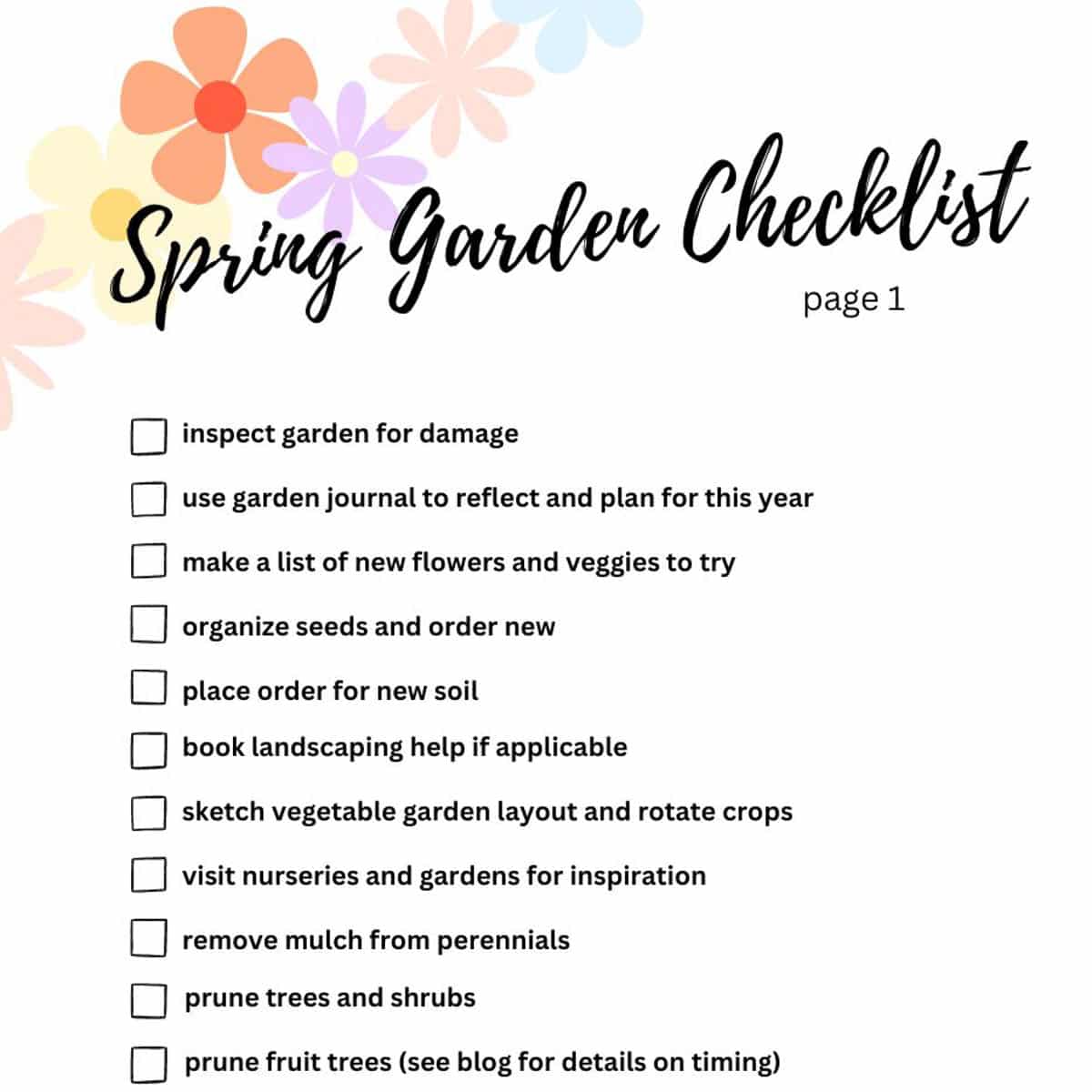
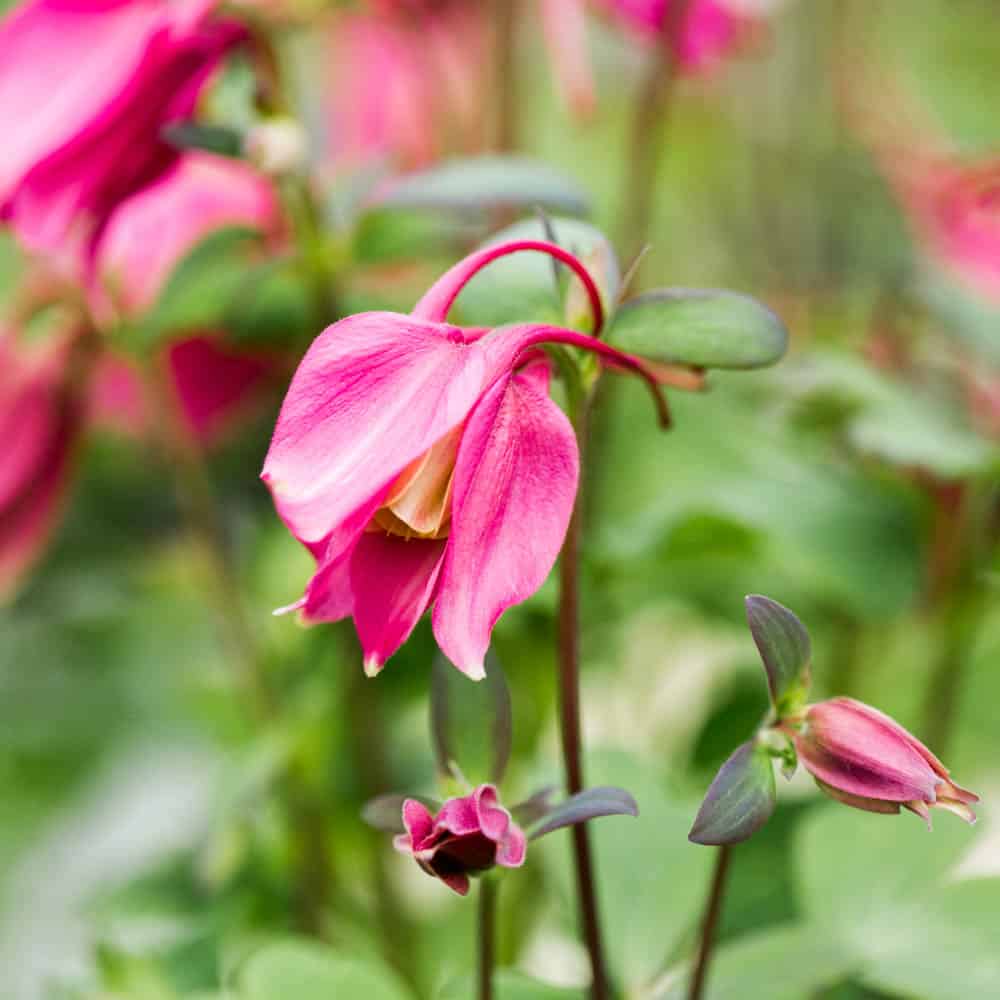
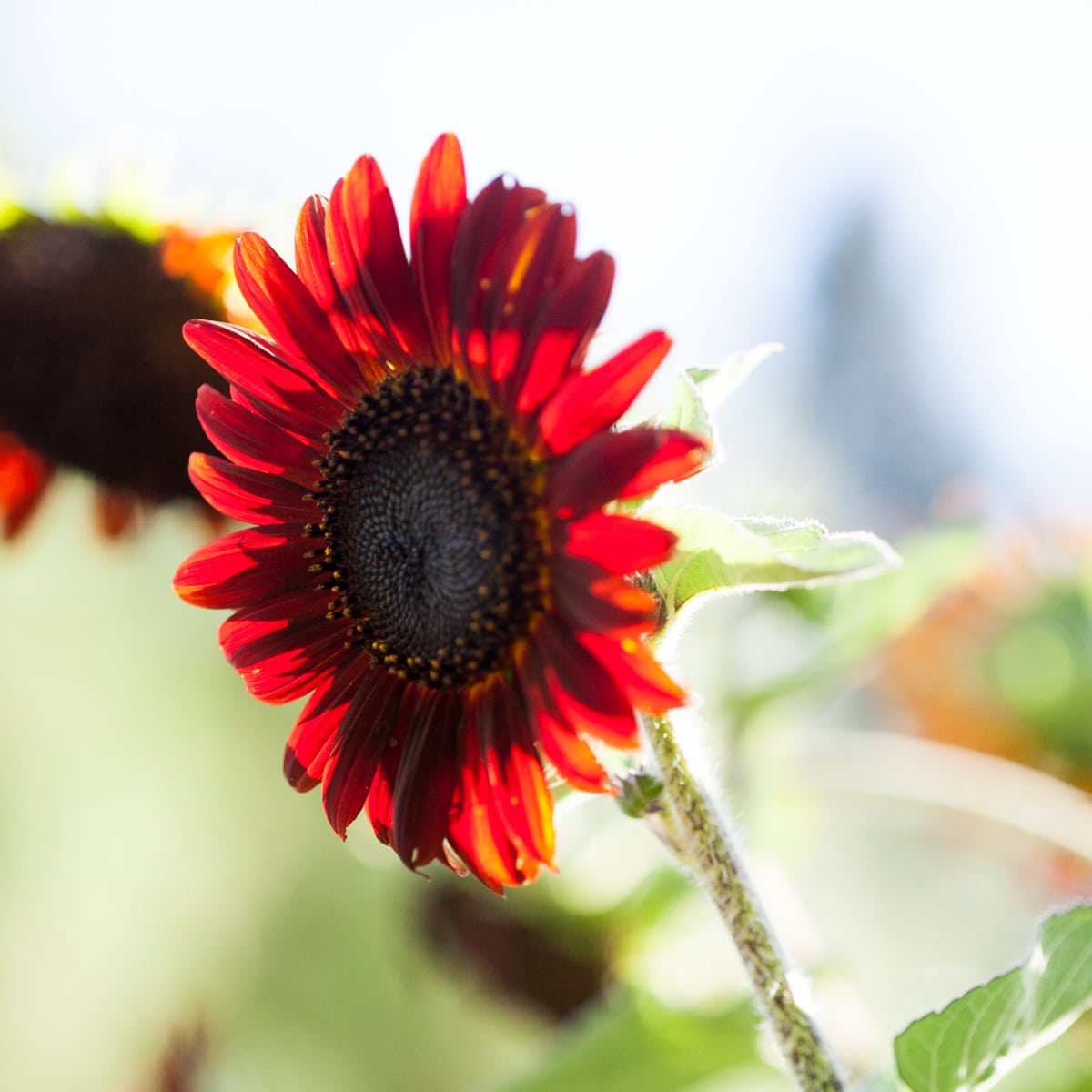

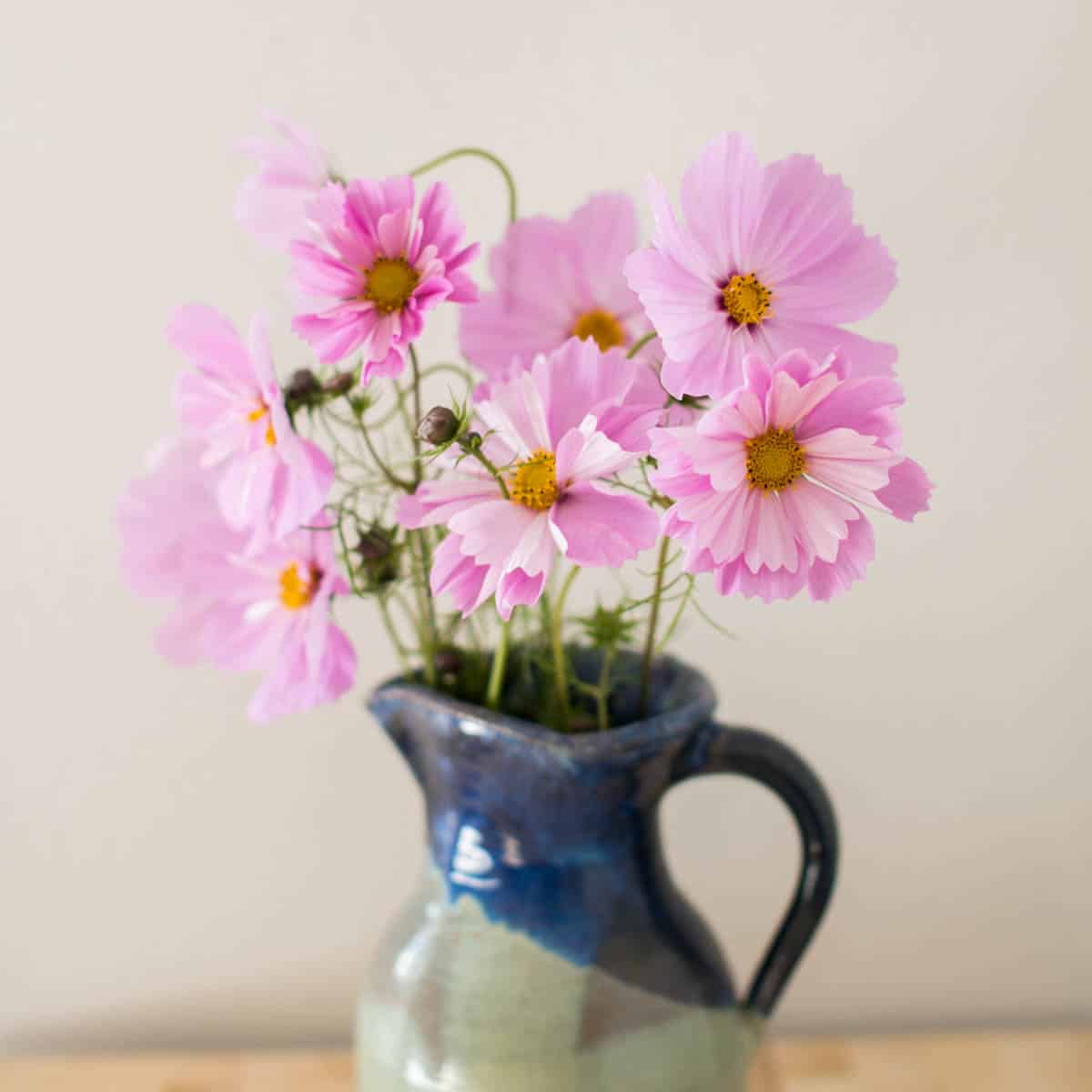
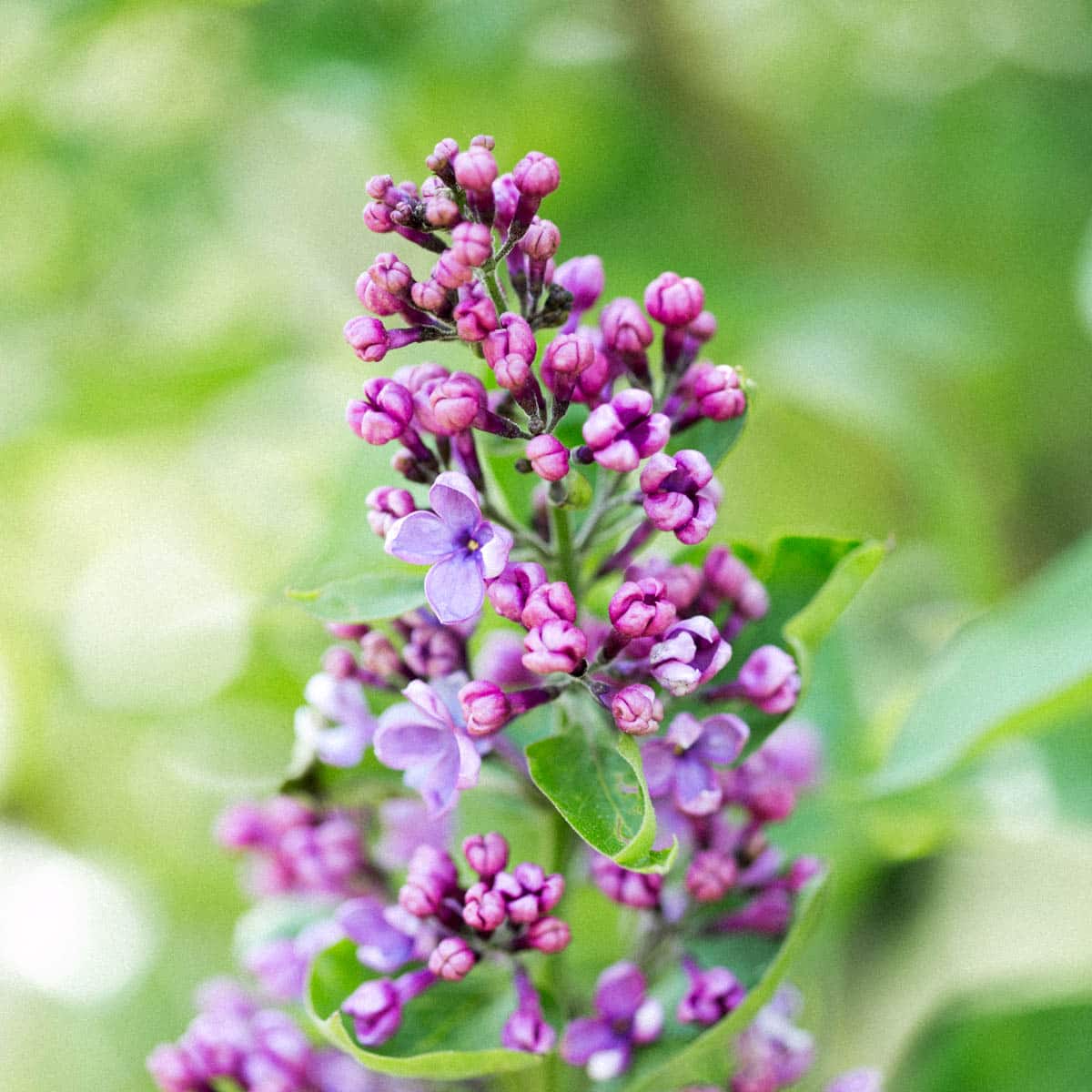
I am New to growing this plant and seeing them bloom in Winter brighten my day. A very helpful article thanks.
Hi Christine! You’re so welcome. I agree hellebore really brighten up the winter garden, I just love them. Thanks so much for being here! -Jamie
How and when can you divide heborius?
Hi Valerie! I have never divided hellebore, but I have a book all about these flowers and will do some research and update you.
I love you’re beautiful plant’s, it has become my hobby since I retired,and mom’s death that I took my anger in learning more about plant’s and learned I have the green thumb.
That is wonderful! Plants are so healing!